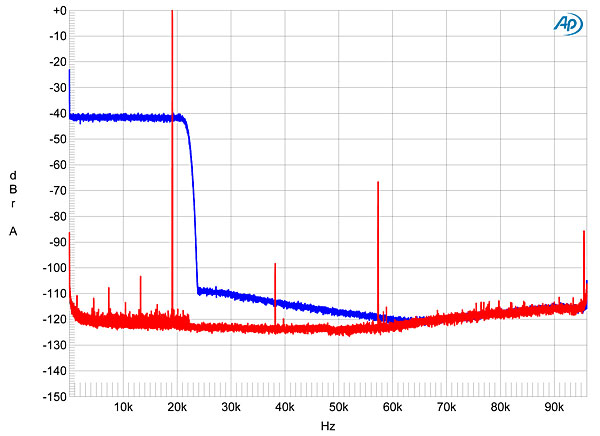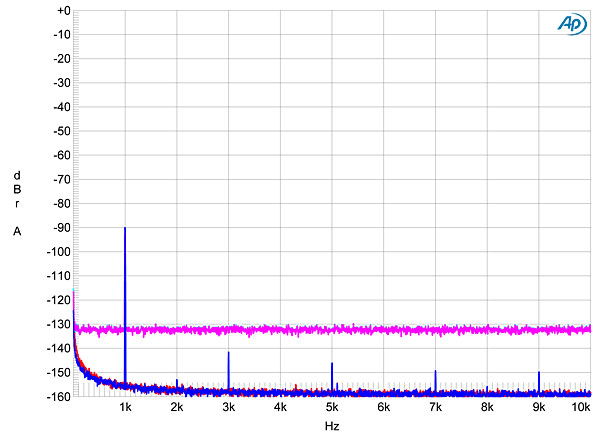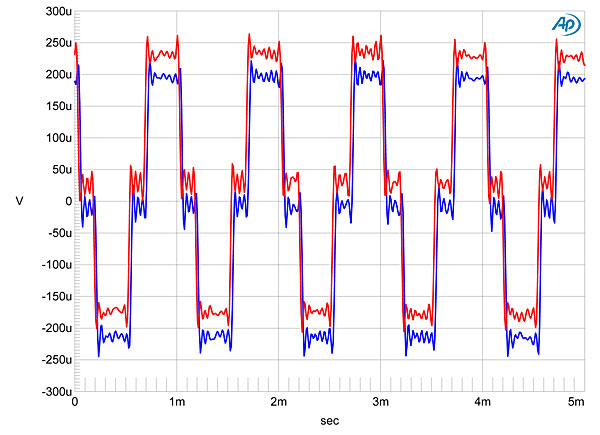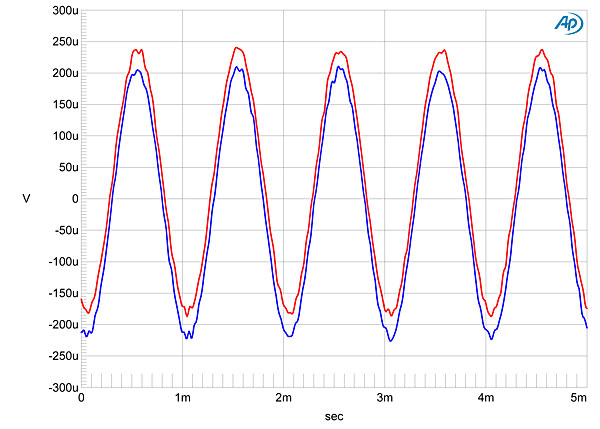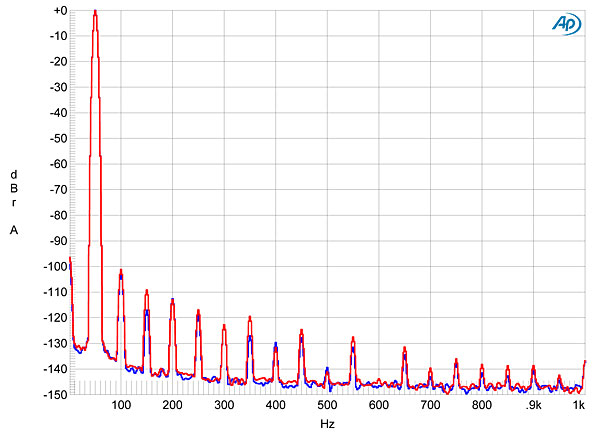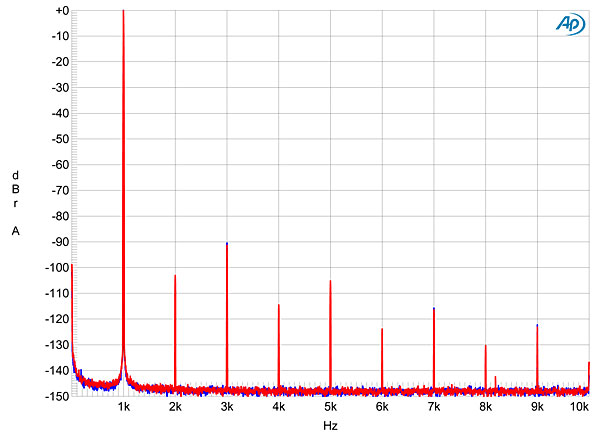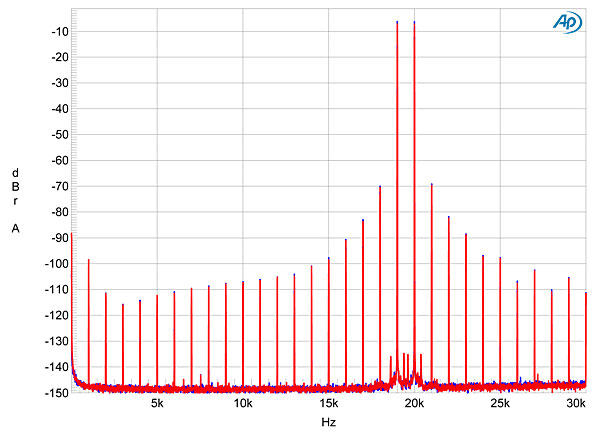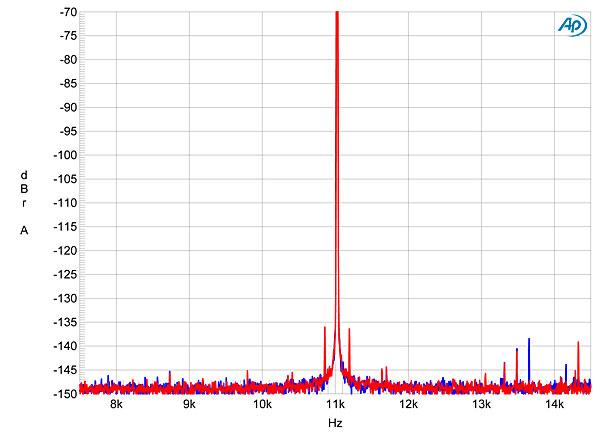| Columns Retired Columns & Blogs |
By sheer luck/curioisity, last year (2019) I found/purchaed a HRT III (DAC) that the seller packaged with a 1m length of AQ 'Cinnamon' USB cable. Price $75.00 CAD -for both, shipped !
Feeding the HRT a signal from a Pi 3B+ (running Volumio software) via Straightwire basic USB or XLO UltraPLUS USB cable resulted in absolutely brilliant SQ -via Interner Radio (128-320 Kb/s) 'streams' !
Having five other USB Sources/Streamers/DAC's (two direct Ethernet connection; CA 851N, NP-30) the remaining DAC's fed by Pi/Volumio all on various Internet Radio stations, switching between any of them resulted in very impressive SQ; far more engaging (open, layered, dynmaic, clean/clear than the majority of my experience with CDP's/DAC's -running full 16/44 (1,411 Kb/s) data rates !
Yeah, I'm late to the party,but are you kidding me ! Digital never sounded so consistently good/engaging.
Last week, a HRT 'MS-II' became available (for the same $75.00 CAD -arrghh!) and I connected it from the recently departed late-model Schitt 'BitFrost' (G5 USB) - also a very nice USB DAC.
The first couple days powered proved nice enough. and then, after a few more days (24/7 operation) and on a current Internet Radio station streaming 192 kb/s -OMG ! ('Absolutely 70's POP Radio' if you must know -lol) Simply glorious wall-to-wall sound with all/any of the typically included, cliched audiophile adectives used to convey 'tone', definition, layering, dynamics, 'staging', speed, dimensionality, realism (sheer, "unfettered" lol enjoyment) the entire past 6-12 hours on this very lazy Saturday afternoon/evening.
This, from the HRT II !! (??)
So shocked/pleased, I thought it best to order HRT's vaunted 'HD' DAC, tested/ reviewed here.
As I look to the test-bench measurements, I see Atkinson "worried" about some 19/20 Khz noise artifacts -in an otherwise SUPERB performance measurement profile that would/does put many, many other Stereophile DAC's test-bench results to shame -and far more expensive elaborate designs at that.
It's rather striking that some designers know full well the enormous advantages of small form-factor/circuit-boards for the finest digital performance (think Halverson-HRT/Watts-Chord) while the majoity are just beginning to discover the considerable benefits of short (digital) signal and power paths.
This strikes me unusual. And unfortunate.
Next week, I hope to be receiving my recently ordered HRT 'HD' DAC. If it's anything like the MS II/and III, I'll be in for another remkable revelation.
Great stuff these HRT/Halverson DAC's.
Summarizing, the growing sophistication in compresion algorthms (along with some better/more serious radio stations with an eye-ear to SQ) makes for a thoroughly enjoyable, entertaining, and dare I say insightful 'listen'.
Who would have thought this, back in 1989 ? I vividly recall shuddering at the SQ on offer via CDP's/early DAC's at that time -and what the audiophile/Hi-Fi industry had collapsed into ? I was truly saddended, dismayed.
Personally, it took another fifteen years beore I took the 'Digital Plunge'
(circa 2003/4 -22 years after CD's reease) and another 12-15 years to bring us here today -brilliant sounding 'Streaming'/Internet Radio over basically telephone/cable lines !
I could not have ever imagined this would be possible. More/ or less critical listening to these 'sources' the past 3-4 years has solifified its reputation; capability/ability and sheer SQ sophistication/involvement.
Returning back to 1982 for a moment (with the help of my ATH-7 Electret Condenser 'Cans' -Audio Technica), I could not tolerate CD/CDP's for more than a few minutes -at most. I vividly recall the local Hi-Fi shop -and the sheer disppointing (glassy, grainy, flat-hard) SQ experienced. It was complete, total and utter 'drek'. And remained that way a decade later. But then ....
That, my friends, was 38-years ago -two generations/40 years ago !!! to bring us here -musically compelling/enjoyable 'Every-Day-Digital' what vinyl/analog so easily captured -and continues- to this day.
Forty years -give/take a few. Ouch.
Good things do indeed come to those who wait, and wait ...
peter jasz

